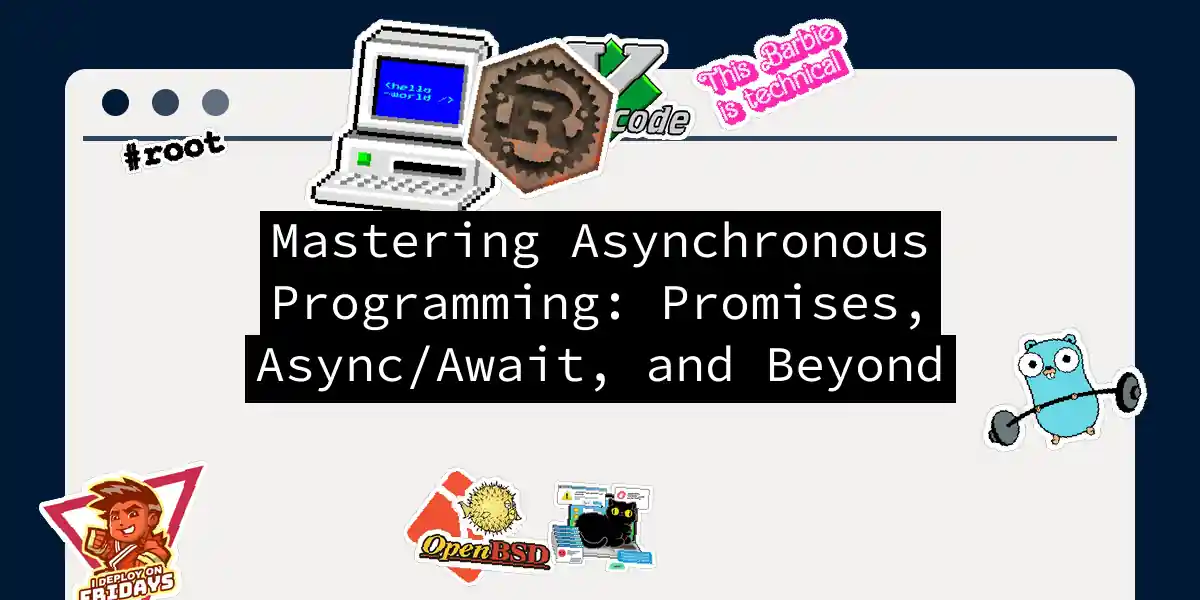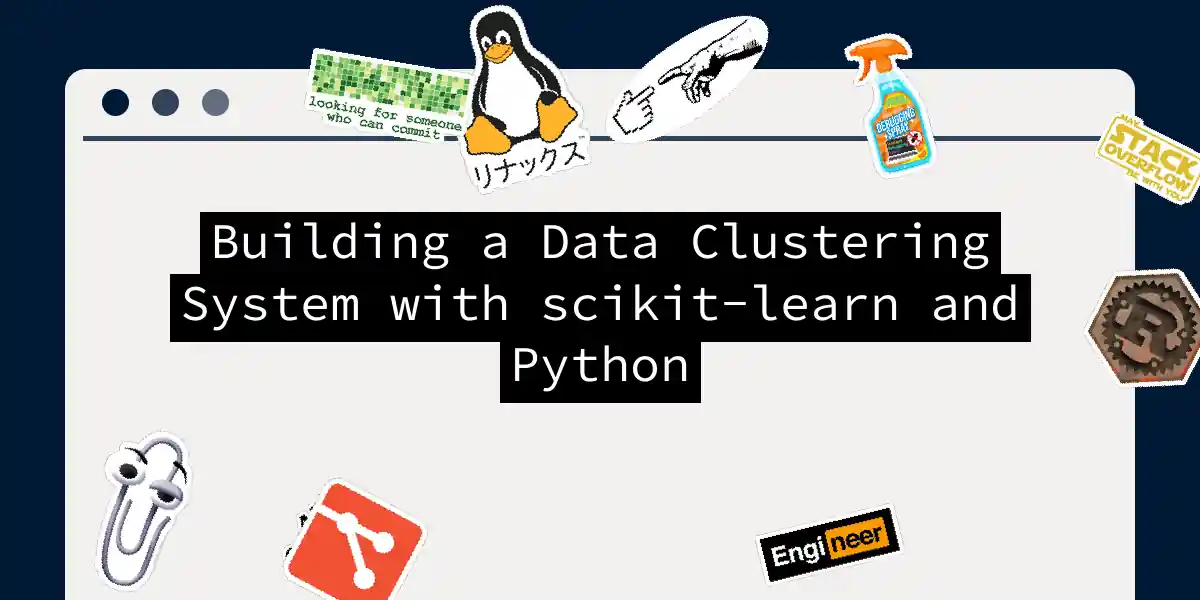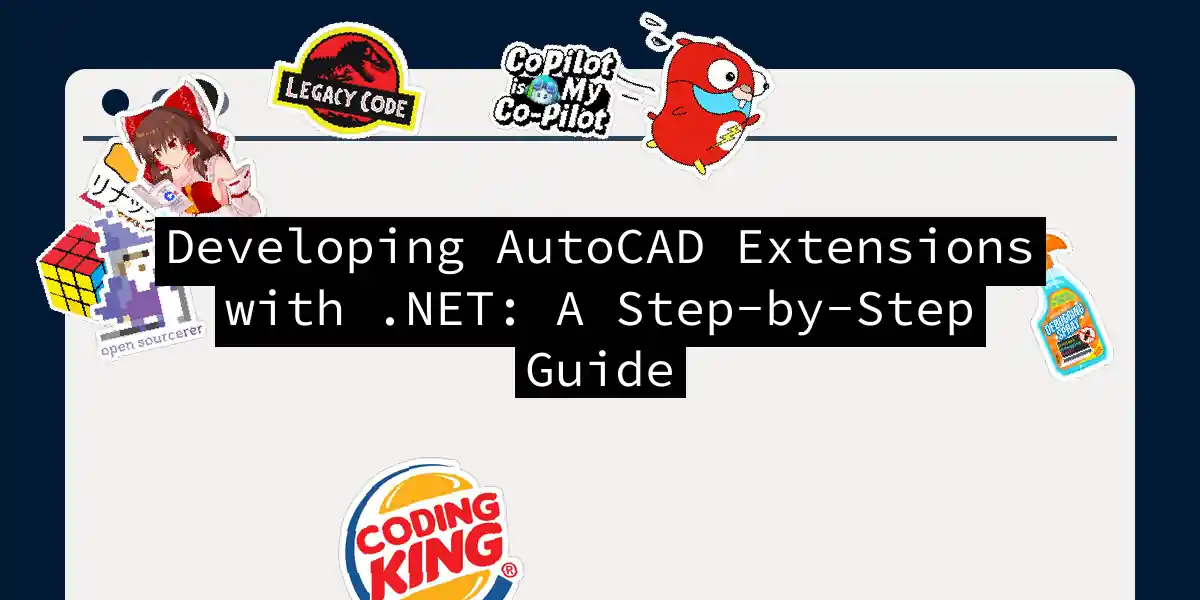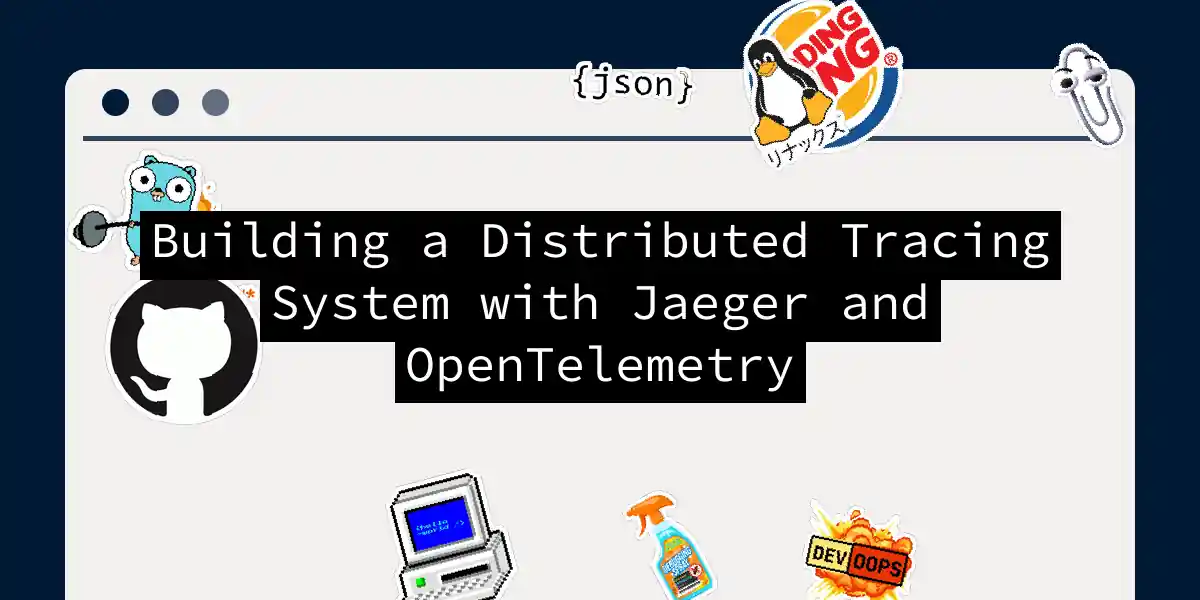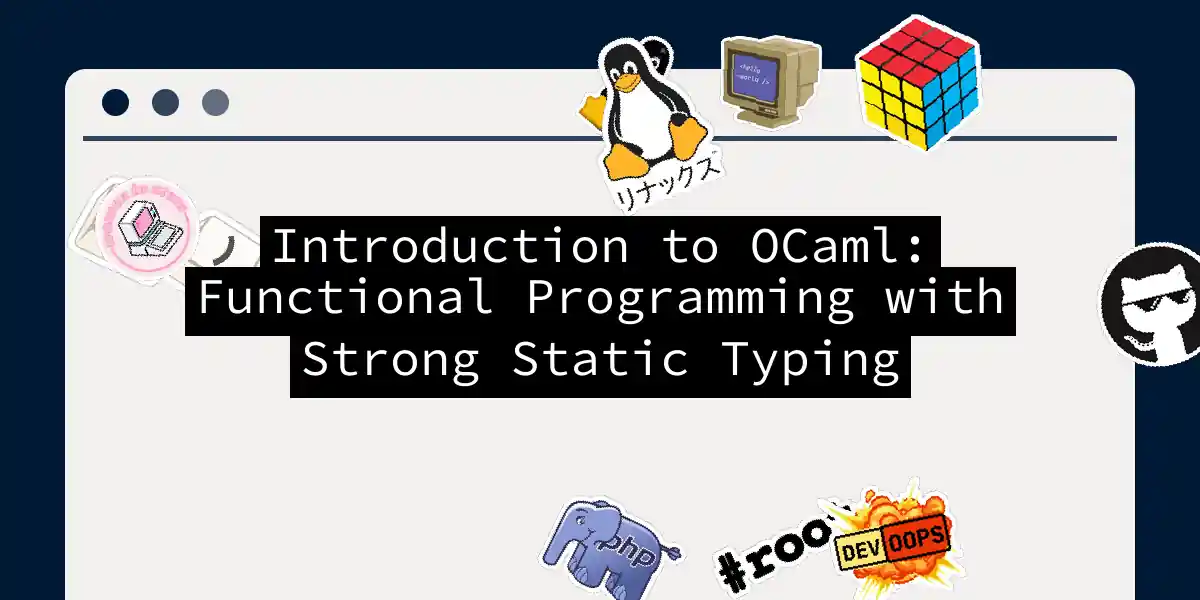
Introduction to OCaml: Functional Programming with Strong Static Typing
Why OCaml? In the vast landscape of programming languages, OCaml stands out as a gem that combines the best of both worlds: the rigor of static typing and the elegance of functional programming. If you’re a developer looking to step up your game, OCaml is an excellent choice. Here’s why. Strong Static Typing One of the most significant advantages of OCaml is its strong static type system. This means that the compiler checks your code for type errors before it even runs, preventing a plethora of runtime issues that plague dynamically typed languages....
